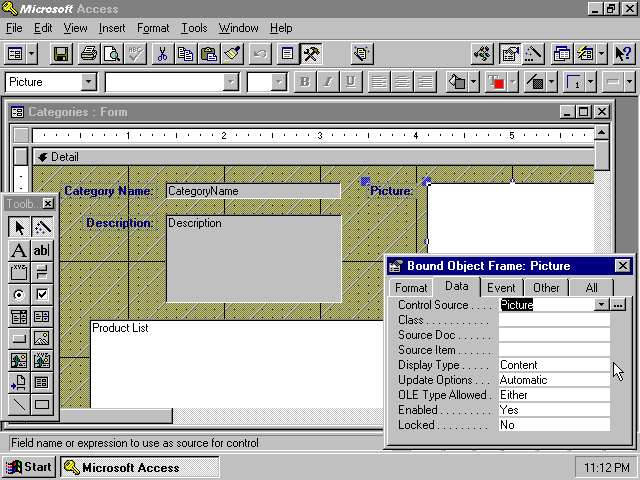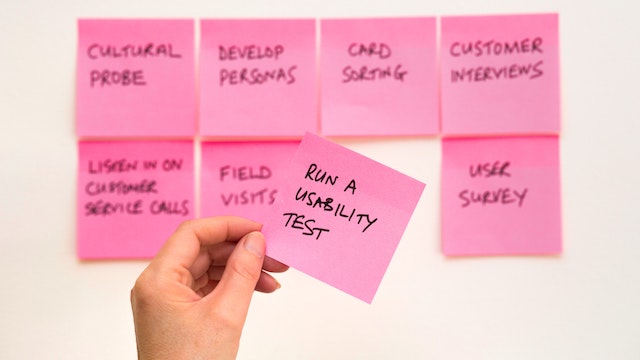Why no-code automation’s innovation isn’t functionality
It’s the user experience, stupid 2020-07-07 #NoCode
People who work with enterprise software sometimes struggle to understand new no-code automation software, because they can’t identify any innovation. Their confusion comes from feature-based marketing, which attempts to highlight innovative software features, instead of focusing on the problems a product addresses. Sometimes a product category innovates without offering any features that we hadn’t already seen decades earlier.
‘We could do that 30 years ago’
Back in the 1980s, Oracle Forms already offered a form builder for data entry applications. Later, in the 1990s, as part of Microsoft Office’s success on Windows, companies widely adopted Microsoft Access. I never used Oracle Forms, but shortly after I started my first job, I did use Access to collect bug reports for a space industry custom development project.

Access addressed a wider audience than most similar tools, but at the cost of significant limitations. Practical matters, such as missing support for version control created enough challenges at the time, while multi-user collaboration only appeared in a completely separate software category, then called groupware
Business process automation
In the 1980s and 1990s, companies developed business applications with sophisticated functionality for form-based data entry, searching and browsing data, interactive tabular reports, decisions and business processes. You could solve these problems 30 years ago, as a programmer who mastered complex proprietary technology, like Windows GUI programming, or 20 years ago with more open programming languages and more learnable standards-based based web technology. Either way, business applications typically required a team of programmers.
Since then, the number of approaches to business process automation has only increased. Many of these don’t compete with traditional application development, because they address a far larger market. After all, most people do not call themselves programmers.
Today, no-code automation solves the same problems as previous decades’ automation, with similar features. The innovation lies in who it solves these problems for.
No-code innovation
Innovation in no-code automation means taking a capability previously restricted to programmers, such as building a form, and making it usable for people who also use spreadsheets. This presents a hard design problem that only became feasible after software usability research evolved into user experience design, and after that, in turn, matured.
Meanwhile, the last few decades have only seen minimal incremental improvements in developer experience for professional programmers. User experience for developers - call it developer experience (DX) - faces strong resistance from coder culture, holding back user experience improvements while programming. That’s a shame, because programmers are people too.
No-code automation doesn’t primarly innovate by competing with or by replacing what you can build with conventional application development tools. Instead, the innovation reimagines the experience of building applications for a different (and much larger) audience, and focuses on usability rather than features. As James Carville might have said, it’s the user experience, stupid.


